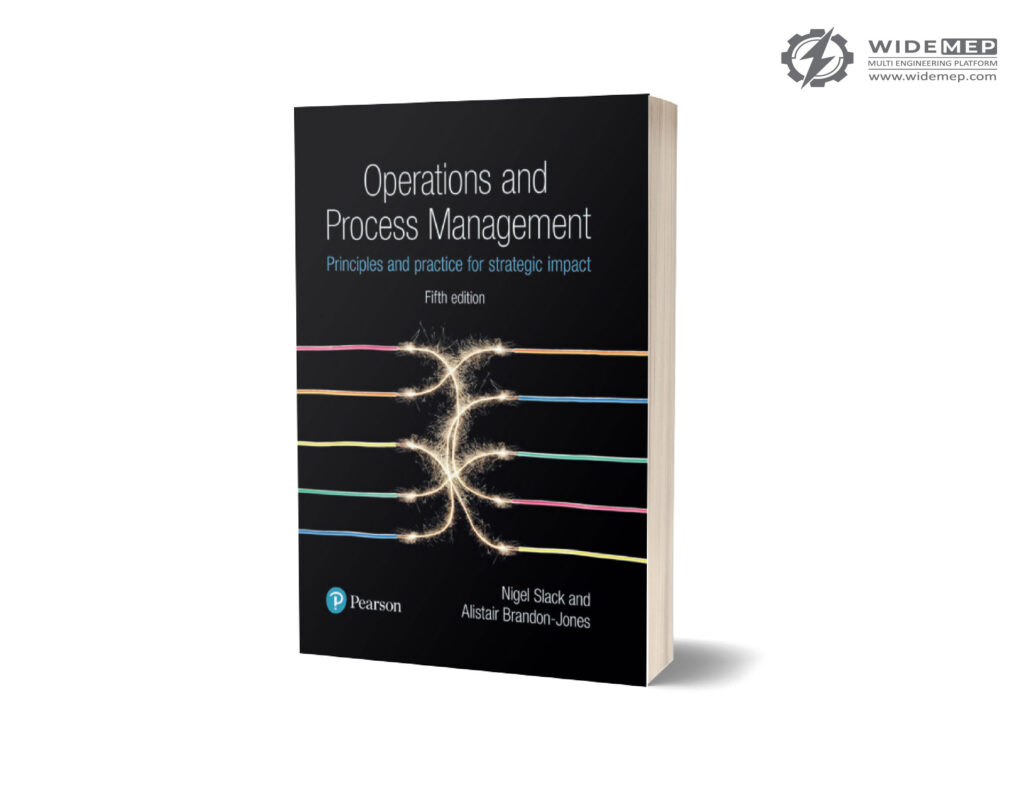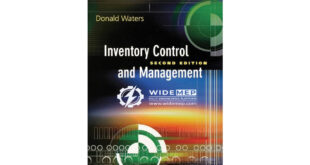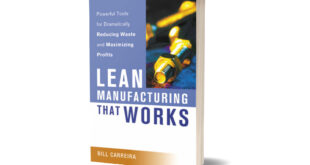Operations and Process Management

PROCESS MANAGEMENT
Principles and Practice for Strategic Impact
OPERATIONS AND PROCESS MANAGEMENT
Guide to case studies xiii
Preface xv
About the authors xix
Acknowledgements xxi
Publisher’s acknowledgements xxii
1 Operations and processes
Executive summary
Does the organisation understand the potential of operations and process
management?
Does the business take a process perspective?
Does operations and process management have a strategic impact?
Are processes managed to reflect their operating circumstances?
Are operations and process decision-making appropriate?
Critical commentary
Summary checklist
Case study: Design house partnerships at concept design services
Applying the principles
Notes on chapter
Taking it further
2 Operations and strategic impact
Executive summary
Does operations have a strategy?
Does operations strategy reflect business strategy (top-down)?
Does operations strategy align with market requirements (outside-in)?
Does operations strategy learn from operational experience (bottom-up)?
Does operations strategy develop the capability of its resources and processes (inside-out)?
Are the four perspectives of operations strategy reconciled?
Does operations strategy set an improvement path?
Critical commentary
Summary checklist
Case study: McDonald’s: half a century of growth
Applying the principles
Notes on chapter
Taking it further
3 Product and service innovation
Executive summary
What is the strategic role of product and service innovation?
Are the product and service innovation process objectives specified?
Is the product and service innovation process defined?
Are the resources for developing product and service innovation adequate?
Is the development of products and services and of the process that created them simultaneous?
Critical commentary
Summary checklist
Case study: Developing ‘Savory Rosti-crisps’ at Dreddo Dan’s
Applying the principles
Notes on chapter
Taking it further
4 Operations scope and structure
Executive summary
Does the operation understand its place in its supply network?
How vertically integrated should the operation’s network be?
How do operations decide what to do in-house and what to outsource?
What configuration should a supply network have?
How much capacity should operations plan to have?
Where should operations be located?
Critical commentary
Summary checklist
Case study: Aarens Electronic
Applying the principles
Notes on chapter
Taking it further
Supplement: Forecasting
5 Process design 1 – Positioning
Executive summary
Does the operation understand the importance of how it positions
its process resources?
Do processes match volume–variety requirements?
Are process layouts appropriate?
Are process technologies appropriate?
Are job designs appropriate?
Critical commentary
Summary checklist
Case study: McPherson Charles Solicitors
Applying the principles
Notes on chapter
Taking it further
6 Process design 2 – Analysis
Executive summary
Is the importance of detailed process design understood?
Are process performance objectives clear?
How are processes currently designed?
Are process tasks and capacity configured appropriately?
Is process variability recognised?
Critical commentary
Summary checklist
Case study: The Action Response Applications Processing Unit (ARAPU)
Applying the principles
Notes on chapter
Taking it further
Supplement: Queuing analysis
7 Supply chain management
Executive summary
Is the importance of supply chain management understood?
Are supply chain objectives clear?
How should supply chain relationships be managed?
How is the supply side managed?
How is the demand side managed?
Are supply chain dynamics under control?
Critical commentary
Summary checklist
Case study: Supplying fast fashion
Applying the principles
Notes on chapter
Taking it further
8 Capacity management
Executive summary
Is capacity management integrated across levels?
What is the operation’s current capacity?
How well are demand–capacity mismatches understood?
What should be the operation’s base capacity?
How can demand–capacity mismatches be managed?
How should capacity be controlled?
Critical commentary
Summary checklist
Case study: Blackberry Hill Farm
Applying the principles
Notes on chapter
Taking it further
9 Inventory management
Executive summary
Is the role of inventory understood?
Why should there be any inventory?
Is the right quantity being ordered?
Are inventory orders being placed at the right time?
Is inventory being controlled effectively?
Critical commentary
Summary checklist
Case study: supplies4medics.com
Applying the principles
Notes on chapter
Taking it further
10 Resource planning and control
Executive summary
Do resource planning and control have all the right elements?
Are resource planning and control information integrated?
Are core planning and control activities effective?
Critical commentary
Summary checklist
Case study: Subtext Studios Singapore
Applying the principles
Notes on chapter
Taking it further
Supplement: Materials requirements planning (MRP)
11 Lean synchronisation
Executive summary
What are the benefits of lean synchronisation?
What are the barriers to ‘lean synchronisation’?
Is flow streamlined?
Does supply exactly match demand?
Are processes flexible?
Is variability minimised?
Is lean synchronisation applied throughout the supply network?
Critical commentary
Summary checklist
Case study: Saint Bridget’s Hospital
Applying the principles
Notes on chapter
Taking it further
12 Improvement
Executive summary
Why is improvement so important?
What is the gap between current and required performance?
What is the most appropriate improvement path?
What techniques should be used to facilitate improvement?
How can improvement be made to stick?
Critical commentary
Summary checklist
Case study: Ferndale Sands Conference Centre
Applying the principles
Notes on chapter
Taking it further
13 Quality management
Executive summary
Is the importance of quality management universally understood and applied?
Is quality adequately defined?
Is quality adequately measured?
Is quality adequately controlled?
Does quality management always lead to improvement?
Critical commentary
Summary checklist
Case study: Turnround at the Preston Plant
Applying the principles
Notes on chapter
Taking it further
Supplement: Statistical process control (SPC)
14 Risk and resilience
Executive summary
Is there an integrated approach to operations risk and resilience?
Have potential failure points been assessed?
Have failure prevention measures been implemented?
Have failure mitigation measures been implemented?
Have failure recovery measures been implemented?
Critical commentary
Summary checklist
Case study: Slagelse Industrial Services
Applying the principles
Notes on chapter
Taking it further
15 Project management
Executive summary
Is the applicability of project management understood?
Is the nature of the project and its stakeholders understood?
Is the project well defined?
Is project management adequate?
Has the project been adequately planned?
Is the project adequately controlled?
Critical commentary
Summary checklist
Case study: United Photonics Malaysia Sdn Bhd
Applying the principles
Notes on chapter
Taking it further
Index
 widemep.com
widemep.com

